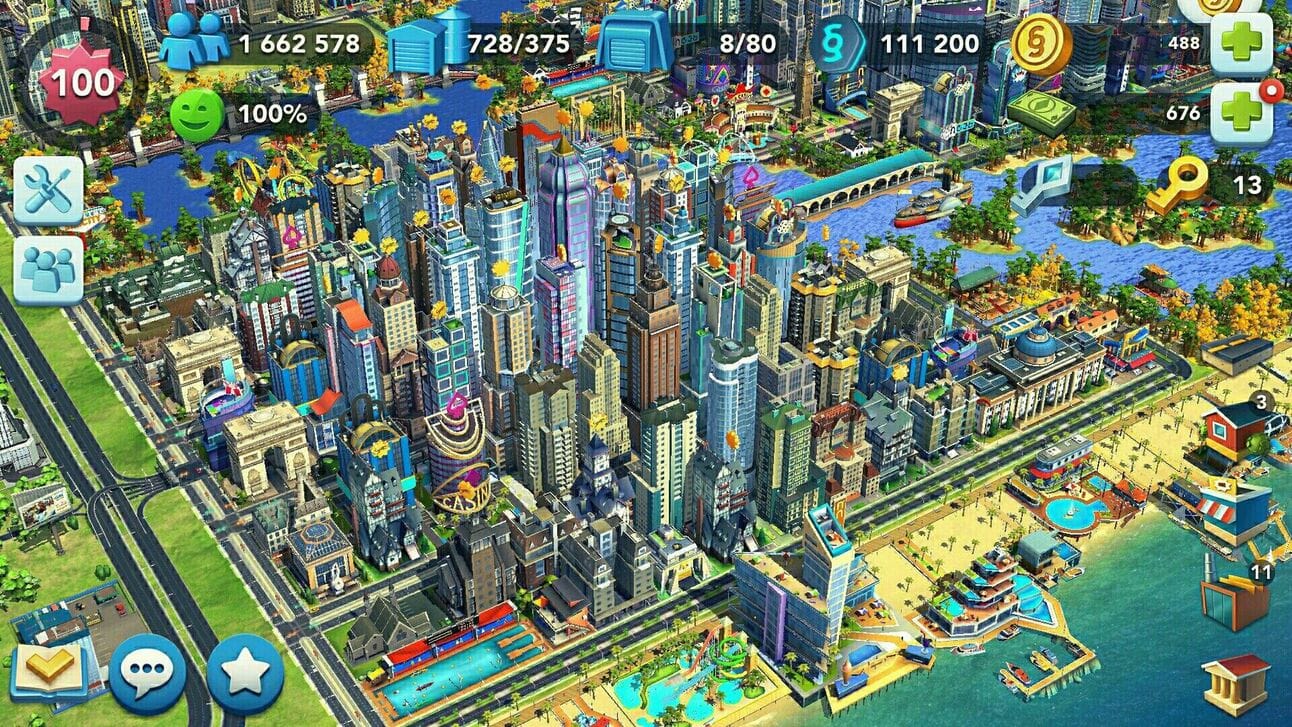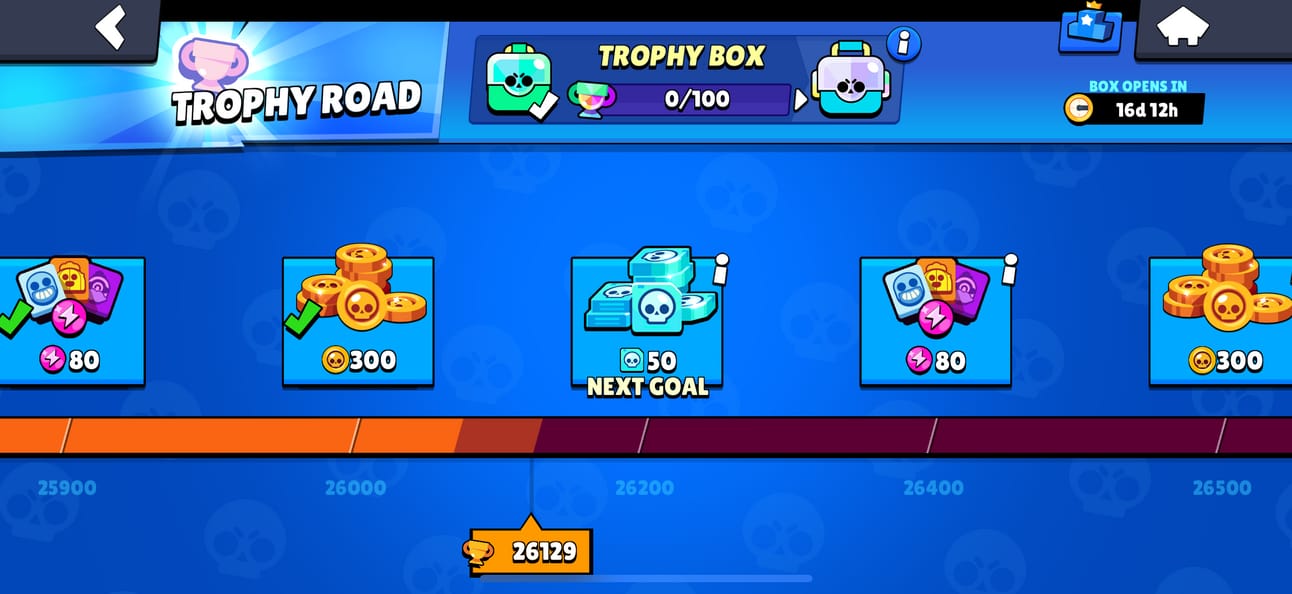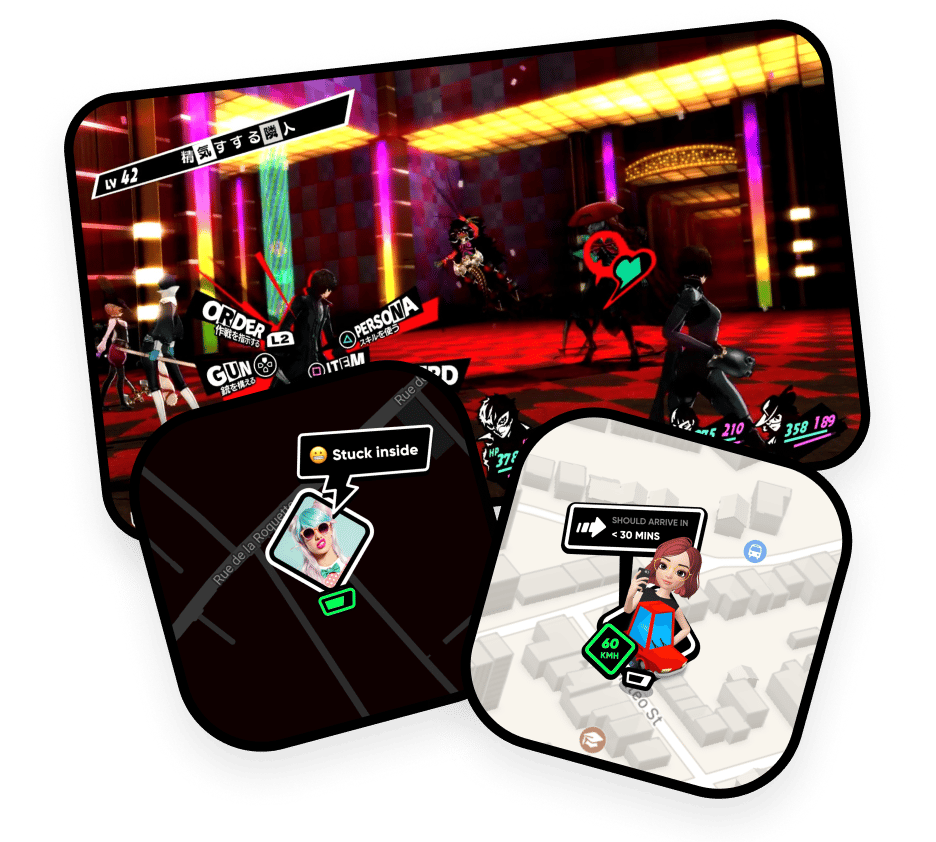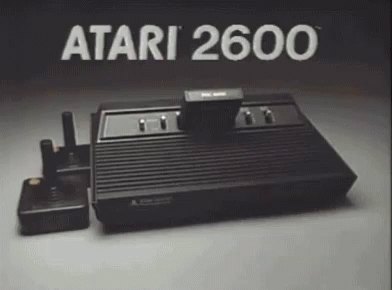This issue was initially meant for an in-depth and rich product review of the game “Clair Obscur: Expedition 33” and while it was almost completed I decided to write about the importance of playing video games and all the associated hidden gems.
Please vote at the end of this issue and let me know if you want to see the review of Clair Obscur as a Monthly Special soon 🫰.
People still ask why Zenly felt different, even though it got closed down several years ago.
Why it had that energy, that quirkiness, that sense of delight.
It’s easy to understand it but harder to really grasp it, especially in today’s era, when everything we design and use look so dull, flat, MVP-esque, and almost fully automated.
We built it like a game.
Not a game in the sense of badges or daily streaks. Not gamification for the sake of it. But games as inspiration, as a source of rhythm and emotion. We obsessed over pace, motion, discovery, feedback.
We wanted the app to feel alive. Responsive. Personal. Fun.
Fun and function don’t have to opposites. They can be partners in crime. They’re what makes the best products feel timeless, and make people come back.
Over the past decade, I’ve worked on apps that leaned hard into joy.
At Zenly, then at amo, and now with the playbook. The tools might evolve, but the goal is the same: build things that matter, but build them with taste.
If you want to design better software, play more games.
Not just playing games as a hobby, but to study, for curiosity.
Sure studying competitors and obsessing over Sensor Tower will give you invaluable insights.
But games, more than anything, can teach you how to build worlds people want to live in.
They actually taught us more than we admit.
Loot boxes, for better or worse, taught us how to surprise, how to create anticipation—and frustration.
Games taught us how to make every tap feel good. Sound, motion, and timing, all working together to create a loop that rewards interaction.
Games don’t avoid friction. They embrace it.
They turn obstacles into engagement opportunities.
Think about how a grind in a game still feels rewarding because it’s framed as a challenge. A mission. A streak. An arc.
Even the best onboarding flows in software owe a debt to game tutorials. The ones that show you just enough to get started, then let you discover the rest.
You know the drill: 30 onboarding screens, then a 3-day free trial before they charge you and hope you forget.
Somewhere along the way, we traded that playfulness for efficiency.
We optimized flows, minimized taps and discovery, stripped back UI and forgot to leave space for joy. For curiosity. For humor.
Jony Ive recently claimed,
[…] In our industry, joy and humor have been missing.
You can disagree with the guy on many things, but this one hits hard.
Ironically he’s one of the main architect of the Great Flattening that got initiated in 2013 with iOS 7 amongst other things.
Andy Allen’s Config talk expands on this beautifully.
It’s 20 minutes on building tactile, joyful software , and a reminder that our products don’t have to be dull.
We’ve flattened our interfaces. Smoothed out every edge. Standardized everything we could.
Lost the weirdness, the texture, the play.
One of many excuses was that we couldn't afford distractions on small smartphone screens so we had to turn into flat design.
Luckily, we adapted a little bit along the way and prove that we didn’t have to sacrifice souls and joy for the sake of optimization and laziness.
We kept looking at video games as safe harbors and infinite labs of creativity and joy.
At Zenly, a proud and assumed oddity in the social consumer space, we were a small few to keep getting inspired by games.
We designed our features like toys.
You’d think we’d be inspired by Google Maps or Apple Maps, since our product was built on maps.
But we weren’t.
Instead, back then, we got inspired by games such as Jurassic World Evolution, SimCity BuildIt, Anno 1800, which are insightful at some degrees when it comes to information hierarchy, contextual actions in a busy environment that can quickly become overwhelming.

SimCity BuildIt — tbh, it mostly inspired us on what NOT to do.
At a broader level and unrelated to maps, but as game mechanics and engagement, games like Clash Royale and Brawl Stars, introduced genius progression systems like Trophy Road, and while they didn’t really invent it, they definitely popularized it.

Brawl Stars “main” progression track: Trophy Road.
Trophy Road provides a clear and powerful path of where players are going, what they’ll earn, if they commit to the game.
This widely influenced similar mechanics, like Battle Passes, on games like Fortnite of Call of Duty.
So we designed funnels and paths of features and perks getting unlocked based on goals that can be achieved in a short timespan, in the next minutes or hours following the onboarding.
While most of our knowledge and secret sauce came from iterations and video game inspiration, we also had a great deal of book learnings.
Actionable Gamification by Yu-Kai Chou, is one of those. It’s not an easy one to digest all at once, but a good one to have on your shelves or desk.
I have to confess though, over time it’s becoming more and more challenging to find some proper time to play.
It feels like dedicating hours on games is a luxury I can hardly offer to myself.
So I play mobile games as short sessions.
Or I play by proxy.
I watch relatives, Twitch streams, or YouTube reviews. You still get the pacing, the curve, the reward dynamics.
The insights don’t vanish just because you’re not holding the controller.
I never played Persona 5 years ago but it deeply got me inspired. A bit too much.

Persona 5 game inspiration that went a “bit” too far during some very early Zenly redesign explorations 😬
For better or worse, my entire life has always been intimately connected to video games. The curse, or blessing, started when my father brought an Atari 2600 at home.
I was 5 and I still remember it like it was yesterday.

I’m THAT old.
Fast forward, games taught me priceless skills. Skills I still use on a daily basis.
Games remind us that software can be weird, emotional, obsessive, musical.
They remind us that we can design products that aren’t just usable, but desirable.
If you’re building anything right now, take a quick break.
Play something beautiful.
And come back sharper.
Julien.
As I wrote in the prelude, I’d love to perhaps deep dive into a few products I love, such as games, and what I learned from them or why it got me inspired.
Would you be interested in a monthly "Review Series"?
[NEW!] 💌 Bring Friends. Earn a Jam.
I’ve just launched referrals so you can start refer friends and earn some jam/call sessions with me.
I really wanted to provide something really valuable for supportive readers and I think “jams” are the best way to do so in the short term. Let me know what you think of it.
There will be more soon. Easier goals to achieve too.
In the meantime, we can:
🧠 Brainstorm on an idea, on a feature, on your next company.
🙌 Jam on Figma on your product together. Let’s push those pixels.
🌱 Talk about your career and how you can grow.
💰 Help you negotiate your next raise, your new job total comp or update your freelance daily rate.

